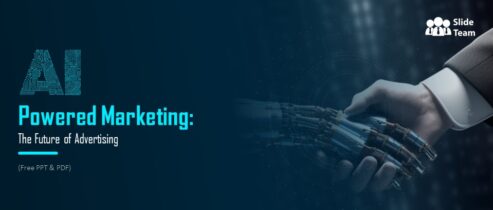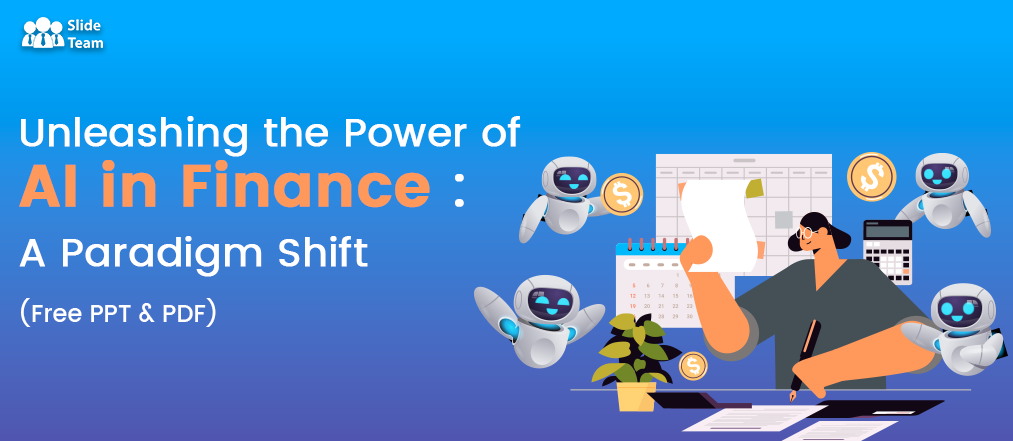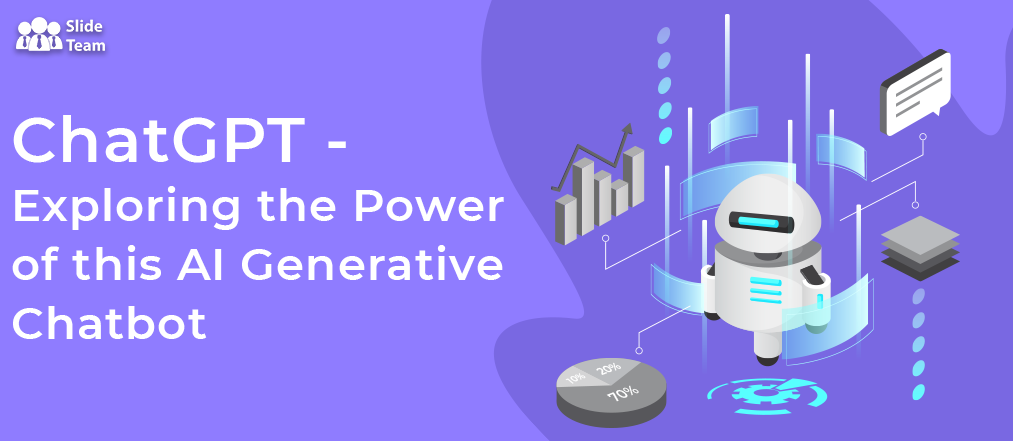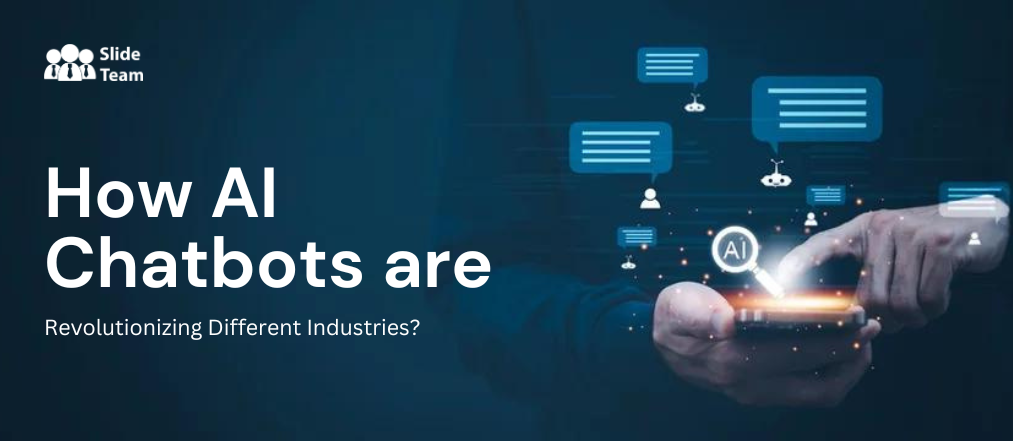Breakthroughs in the field of Artificial Intelligence frequently open the way for rapid improvements that reshape our view of what is possible. This phenomena is demonstrated by the transition- GPT-3 VS GPT-4. These two rounds of OpenAI's Generative Pre-trained Transformer (GPT) models demonstrate the field's exponential progress.
In this blog, we'll look at the distinctions between GPT-3 and GPT-4, as well as the advancements made in natural language interpretation, creation, and applications across a variety of areas.
Understanding the GPT Series:
Before we dive into the details, let's recap what GPT models are. GPT models are large-scale language models trained on massive amounts of text data to understand and generate human-like text. They are designed to predict the next word in a sentence, enabling them to comprehend context, semantics, and even nuances in language.
GPT-3 VS GPT-4
GPT-3: The Innovator
When GPT-3 was introduced, it marked a significant leap in AI's capabilities. With 175 billion parameters, it was, at the time, the largest and most powerful language model ever created. GPT-3 exhibited remarkable language generation and comprehension skills, capable of writing essays, poems, and even writing code snippets in programming languages like Python. Its potential in chatbot development, content creation, and language translation became evident.
GPT-4: The Next Frontier
GPT-4 represents the culmination of continuous research and development in the field of language AI. With an even larger number of parameters and improved architecture, GPT-4 pushes the boundaries of what was previously thought achievable. With advancements in training methodologies and data diversity, GPT-4 stands as a more refined, nuanced, and contextually aware model.
- Size and Complexity:
GPT-4 boasts a substantial increase in size compared to GPT-3, with over 500 billion parameters. This expansion signifies a deeper understanding of language nuances, context, and complexities. The increased model size contributes to better text generation and interpretation.
- Contextual Understanding:
GPT-4 excels in grasping contextual nuances, making it more adept at maintaining coherent conversations and producing human-like responses. It understands prompts and user inputs more comprehensively, leading to more relevant and contextually accurate outputs.
- Few-Shot Learning:
One of GPT-4's notable features is its enhanced ability for few-shot learning. This means the model can generalize from a smaller number of examples provided during training. It adapts to new tasks and domains with minimal examples, making it more versatile in handling a broader range of applications.
- Fine-Tuning and Adaptation:
GPT-4 allows for more fine-tuning and adaptation to specific tasks and industries. This capability enables businesses and developers to tailor the model's output according to their domain requirements, making it a potent tool for various applications, from customer service to content creation.
- Reduced Bias and Ethical Concerns:
With advancements in training methodologies, GPT-4 exhibits reduced bias in its outputs compared to its predecessor. Ethical concerns related to biased or inappropriate content generation are being addressed with improved guidelines and safeguards.
- Real-World Applications:
GPT-4's enhanced capabilities find applications across industries. From crafting highly personalized marketing content to assisting medical professionals in complex diagnosis reports, GPT-4's language understanding and generation prowess transcend sectors and revolutionize business operations.
- Challenges and Considerations:
Despite the remarkable advancements, GPT-4 still faces challenges in understanding context with absolute precision. There can be instances where it generates plausible-sounding but incorrect or nonsensical responses.
In Conclusion
The transition in GPT-3 vs GPT-4 underscores the relentless pursuit of excellence in AI development. GPT-4's heightened contextual awareness, larger model size, and improved capabilities reflect the strides made in natural language understanding and generation. As GPT-4 continues to find its way into industries and business functions, it is evident that AI's potential to revolutionize how we interact with and utilize language is limitless. The journey in GPT-3 vs GPT-4 is a testament to the remarkable pace of advancement in AI and the tantalizing potential of what's to come.
FAQs
1. What differentiates GPT-4 from GPT-3 in terms of capabilities?
GPT-4 offers heightened contextual understanding, few-shot learning, and reduced bias compared to GPT-3, resulting in more accurate and tailored text generation.
2. How does GPT-4 address limitations observed in GPT-3?
GPT-4 improves upon GPT-3's context comprehension, minimizing nonsensical responses. It also tackles ethical concerns by generating content with reduced bias.
3. In which industries can GPT-4 have a transformative impact?
GPT-4's enhanced language understanding benefits various sectors, including healthcare, marketing, customer service, and content creation, enhancing personalized interactions and efficiency.
4. Are there any challenges in transitioning from GPT-3 to GPT-4?
While GPT-4 showcases remarkable advancements, occasional context misinterpretation and incorrect responses remain challenges to be addressed in its application.


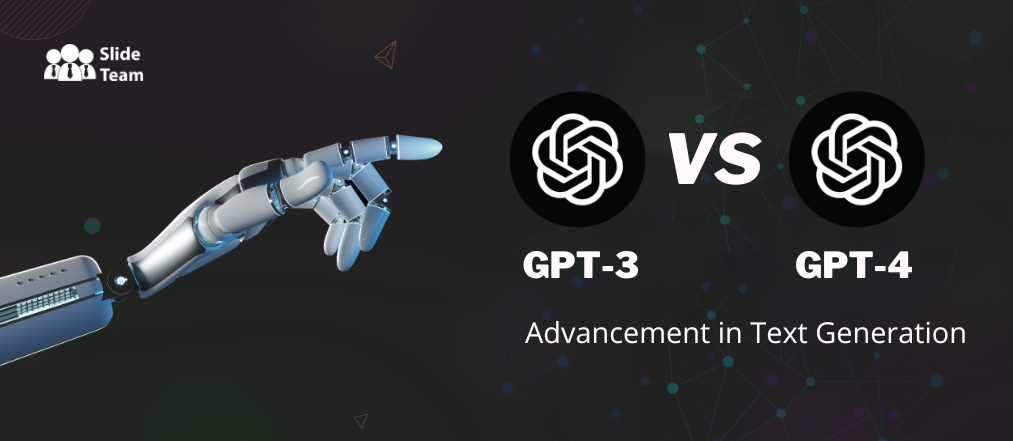


 Customer Reviews
Customer Reviews




